Nanomaterials Based Micro/Nanoelectromechanical System (MEMS and NEMS) Devices
Abstract
:1. Introduction
2. Materials Preparation Methods
2.1. Chemical Vapor Deposition (CVD)
2.2. Physical Vapor Deposition (PVD)
2.3. Mechanical Exfoliation
2.4. Liquid-Phase Exfoliation (LPE)
2.5. Molecular Beam Epitaxy (MBE)
3. Characterization of Micro-/Nanostructures
4. Properties of Micro-/Nanostructures
4.1. Anti-Reflective Properties
4.2. Super-Hydrophobic Properties
4.3. Mechanical Properties
5. Structural Design
6. MEMS/NEMS Fabrication Techniques
6.1. Deep Reactive-Ion Etching (DRIE)
6.2. Nanoimprint Lithography
6.3. Nanosphere Lithography
6.4. Electron Beam Lithography (EBL)
6.5. Photolithography
7. Device Operation Principles and Functionality
7.1. Optical Detectors
7.2. Electrical Detectors
7.3. Infrared Detectors
7.4. Mass Sensors
7.5. NEMS Contact Switches
7.6. MEMS/NEMS Resonant Sensor
7.7. Triboelectric Nanogenerators
7.8. Piezoelectric Nanogenerators
7.9. Environmental Sensors
7.10. Strain Sensors
8. Computational Approach
9. Conclusions and Future Perspectives
Author Contributions
Funding
Data Availability Statement
Conflicts of Interest
References
- An, C.; Xu, Z.; Shen, W.; Zhang, R.; Sun, Z.; Tang, S.; Xiao, Y.F.; Zhang, D.; Sun, D.; Hu, X.; et al. The Opposite Anisotropic Piezoresistive Effect of ReS2. ACS Nano 2019, 13, 3310–3319. [Google Scholar] [CrossRef] [PubMed]
- Pandey, M.; Pandey, C.; Ahuja, R.; Kumar, R. Straining techniques for strain engineering of 2D materials towards flexible straintronic applications. Nano Energy 2023, 109, 108278. [Google Scholar] [CrossRef]
- Geim, A.K.; Novoselov, K.S. The rise of graphene. Nat. Mater. 2007, 6, 183–191. [Google Scholar] [CrossRef] [PubMed]
- Lemme, M.C.; Wagner, S.; Lee, K.; Fan, X.; Verbiest, G.J.; Wittmann, S.; Lukas, S.; Dolleman, R.J.; Niklaus, F.; van der Zant, H.S.J.; et al. Nanoelectromechanical Sensors Based on Suspended 2D Materials. Research 2020, 2020, 8748602. [Google Scholar] [CrossRef] [PubMed]
- Lu, C.; Chen, X. Flexible Piezoionic Strain Sensors toward Artificial Intelligence Applications. Synlett 2022, 33, 1486–1491. [Google Scholar] [CrossRef]
- Wang, Z.L.; Song, J. Piezoelectric Nanogenerators Based on Zinc Oxide Nanowire Arrays. Science 2012, 1, 328–334. [Google Scholar] [CrossRef]
- Fan, F.R.; Tian, Z.Q.; Lin Wang, Z. Flexible triboelectric generator. Nano Energy 2012, 1, 328–334. [Google Scholar] [CrossRef]
- Sidles, J.A.; Garbini, J.L.; Bruland, K.J.; Rugar, D.; Zuger, O.; Hoen, S.; Yannoni, C.S. Magnetic resonance force microscopy. Rev. Mod. Phys. 1995, 67, 249–265. [Google Scholar] [CrossRef]
- Yang, Y.T.; Callegari, C.; Feng, X.L.; Ekinci, K.L.; Roukes, M.L. Zeptogram-scale nanomechanical mass sensing. Nano Lett. 2006, 6, 583–586. [Google Scholar] [CrossRef]
- Won, K.; Lee, C.; Jung, J.; Kwon, S.; Gebredingle, Y.; Lim, J.G.; Kim, M.K.; Jeong, M.S.; Lee, C. Raman Scattering Measurement of Suspended Graphene under Extreme Strain Induced by Nanoindentation. Adv. Mater. 2022, 34, 2200946. [Google Scholar] [CrossRef]
- Loh, O.Y.; Espinosa, H.D. Nanoelectromechanical contact switches. Nat. Nanotechnol. 2012, 7, 283–295. [Google Scholar] [CrossRef] [PubMed]
- Chiu, H.Y.; Hung, P.; Postma, H.W.; Bockrath, M. Atomic-scale mass sensing using carbon nanotube resonators. Nano Lett. 2008, 8, 4342–4346. [Google Scholar] [CrossRef] [PubMed]
- Pierson, H.O. Handbook of Chemical Vapor Deposition: Principles, Technology, and Applications; Noyes Publications: Ogden, UT, USA, 1999; p. 482. [Google Scholar]
- Conti, S.; Pimpolari, L.; Calabrese, G.; Worsley, R.; Majee, S.; Polyushkin, D.K.; Paur, M.; Pace, S.; Keum, D.H.; Fabbri, F.; et al. Low-voltage 2D materials-based printed field-effect transistors for integrated digital and analog electronics on paper. Nat. Commun. 2020, 11, 3566. [Google Scholar] [CrossRef] [PubMed]
- Suzuki, H.; Araki, H.; Tosa, M.; Noda, T. Formation of silicon nanowires by CVD using gold catalysts at low temperatures. Mater. Trans. 2007, 48, 2202–2206. [Google Scholar] [CrossRef]
- Sun, L.; Yuan, G.; Gao, L.; Yang, J.; Chhowalla, M.; Gharahcheshmeh, M.H.; Gleason, K.K.; Choi, Y.S.; Hong, B.H.; Liu, Z. Chemical vapour deposition. Nat. Rev. Methods Prim. 2021, 1, 5. [Google Scholar] [CrossRef]
- Baptista, A.; Silva, F.; Porteiro, J.; Míguez, J.; Pinto, G. Sputtering physical vapour deposition (PVD) coatings: A critical review on process improvement andmarket trend demands. Coatings 2018, 8, 402. [Google Scholar] [CrossRef]
- Fox-Rabinovich, G.; Paiva, J.M.; Gershman, I.; Aramesh, M.; Cavelli, D.; Yamamoto, K.; Dosbaeva, G.; Veldhuis, S. Control of self-organized criticality through adaptive behavior of nano-structured thin film coatings. Entropy 2016, 18, 290. [Google Scholar] [CrossRef]
- Hoche, H.; Groß, S.; Oechsner, M. Development of new PVD coatings for magnesium alloys with improved corrosion properties. Surf. Coat. Technol. 2014, 259, 102–108. [Google Scholar] [CrossRef]
- Korhonen, H.; Syväluoto, A.; Leskinen, J.T.; Lappalainen, R. Optically transparent and durable Al2O3 coatings for harsh environments by ultra short pulsed laser deposition. Opt. Laser Technol. 2018, 98, 373–384. [Google Scholar] [CrossRef]
- Novoselov, K.S.; Geim, A.K.; Morozov, S.V.; Jiang, D.; Zhang, Y.; Dubonos, S.V.; Grigorieva, I.V.; Firsov, A.A. Electric Field Effect in Atomically Thin Carbon Films. Science 2004, 306, 666–669. [Google Scholar] [CrossRef]
- Novoselov, K.S.; Jiang, D.; Schedin, F.; Booth, T.J.; Khotkevich, V.V.; Morozov, S.V.; Geim, A.K. Two-dimensional atomic crystals. Proc. Natl. Acad. Sci. USA 2005, 102, 10451–10453. [Google Scholar] [CrossRef] [PubMed]
- Yuan, K.; Yao, X.; Wang, H.; Han, B.; Gao, P.; Watanabe, K.; Taniguchi, T.; Dai, L.; Zhao, J.; Ye, Y. Peeling off Nanometer-Thick Ferromagnetic Layers and Their van der Waals Heterostructures. Adv. Electron. Mater. 2019, 5, 1900345. [Google Scholar] [CrossRef]
- Ciesielski, A.; Samorì, P. Graphene via sonication assisted liquid-phase exfoliation. Chem. Soc. Rev. 2014, 43, 381–398. [Google Scholar] [CrossRef]
- Parvez, K.; Yang, S.; Feng, X.; Müllen, K. Exfoliation of graphene via wet chemical routes. Synth. Met. 2015, 210, 123–132. [Google Scholar] [CrossRef]
- Nunn, W.; Truttmann, T.K.; Jalan, B. A review of molecular-beam epitaxy of wide bandgap complex oxide semiconductors. J. Mater. Res. 2021, 36, 4846–4864. [Google Scholar] [CrossRef]
- Prior, K.A.; Tang, X.; O’Donnell, C.; Bradford, C.; David, L.; Cavenett, B.C. Characterization of MBE grown II-VI semiconductor thin layers by X-ray interference. J. Cryst. Growth 2003, 251, 565–570. [Google Scholar] [CrossRef]
- Moustakas, T.D.; Iliopoulos, E.; Sampath, A.V.; Ng, H.M.; Doppalapudi, D.; Misra, M.; Korakakis, D.; Singh, R. Growth and device applications of III-nitrides by MBE. J. Cryst. Growth 2001, 227, 13–20. [Google Scholar] [CrossRef]
- Koma, A.; Sunouchi, K.; Miyajima, T. Fabrication and Chraracterization of Heterostructures with Subnanometer Thickness. Microelectron. Eng. 2002, 2, 129–136. [Google Scholar] [CrossRef]
- Zhang, X.S. Micro/Nano Integrated Fabrication Technology and Its Applications in Microenergy Harvesting; Springer: Berlin/Heidelberg, Germany, 2016; Volume 1, pp. 1–137. [Google Scholar]
- Cao, G. Nanostructures & Nanomaterials, Synthesis, Properties & Applications; Imperial College Press: London, UK, 2003; Volume 1, pp. 1–448. [Google Scholar]
- Liu, L.; Xu, K.; Wan, X.; Xu, J.; Wong, C.Y.; Tsang, H.K. Enhanced optical Kerr nonlinearity of MoS2 on silicon waveguides. Photonics Res. 2015, 3, 206. [Google Scholar] [CrossRef]
- Jia, L.; Wu, J.; Zhang, Y.; Qu, Y.; Jia, B.; Moss, D.J. Third-Order Optical Nonlinearities of 2D Materials at Telecommunications Wavelengths. Micromachines 2023, 14, 307. [Google Scholar] [CrossRef]
- Jung, K.S.; Heo, K.; Kim, M.J.; Andreev, M.; Seo, S.; Kim, J.O.; Lim, J.H.; Kim, K.H.; Kim, S.; Kim, K.S.; et al. Double Negative Differential Resistance Device Based on Hafnium Disulfide/Pentacene Hybrid Structure. Adv. Sci. 2020, 7, 2000991. [Google Scholar] [CrossRef] [PubMed]
- Balasubramanian, S.; Polaki, S.R.; Prabakar, K. Ultrahigh sensitive and ultrafast relative humidity sensing using surface enhanced microcantilevers. Smart Mater. Struct. 2020, 29, 095006. [Google Scholar] [CrossRef]
- Greczynski, G.; Hultman, L. X-ray photoelectron spectroscopy: Towards reliable binding energy referencing. Prog. Mater. Sci. 2020, 107, 100591. [Google Scholar] [CrossRef]
- Zhang, X.; Shi, F.; Niu, J.; Jiang, Y.; Wang, Z. Superhydrophobic surfaces: From structural control to functional application. J. Mater. Chem. 2008, 18, 621–633. [Google Scholar] [CrossRef]
- Bhushan, B. Springer Handbook of Nanotechnology; Springer: Berlin/Heidelberg, Germany, 2004; Volume 1, pp. 1–1258. [Google Scholar]
- Lawn, B.R.; Evans, A.G.; Marshall, D.B. Elastic/Plastic Indentation Damage in Ceramics: The MediadRadial Crack System. J. Am. Ceram. 1979, 63, 574–581. [Google Scholar] [CrossRef]
- Sundararajan, S.; Bhushan, B.; Namazu, T.; Isono, Y. Mechanical property measurements of nanoscale structures using an atomic force microscope. Ultramicroscopy 2002, 91, 111–118. [Google Scholar] [CrossRef] [PubMed]
- Bhushan, B.; Agrawal, G.B. Finite element analysis of nanostructures with roughness and scratches. Ultramicroscopy 2003, 97, 495–507. [Google Scholar] [CrossRef]
- Wu, Q.; Miao, W.S.; Zhang, Y.D.; Gao, H.J.; Hui, D. Mechanical properties of nanomaterials: A review. Nanotechnol. Rev. 2020, 9, 259–273. [Google Scholar] [CrossRef]
- Hosseinzadeh, A.; Bidmeshkipour, S.; Abdi, Y.; Arzi, E.; Mohajerzadeh, S. Graphene based strain sensors: A comparative study on graphene and its derivatives. Appl. Surf. Sci. 2018, 448, 71–77. [Google Scholar] [CrossRef]
- Wingren, N.; Sjöberg, D. Measurements of microwave scattering by ultrasound in air at oblique incidence. Europhys. Lett. 2020, 131, 54003. [Google Scholar] [CrossRef]
- Hamdana, G.; Puranto, P.; Langfahl-Klabes, J.; Li, Z.; Pohlenz, F.; Xu, M.; Granz, T.; Bertke, M.; Wasisto, H.S.; Brand, U.; et al. Nanoindentation of crystalline silicon pillars fabricated by soft UV nanoimprint lithography and cryogenic deep reactive ion etching. Sens. Actuators Phys. 2018, 283, 65–78. [Google Scholar] [CrossRef]
- Pershin, Y.V.; Slipko, V.A. Dynamical attractors of memristors and their networks. Europhys. Lett. 2019, 125, 20002. [Google Scholar] [CrossRef]
- Gao, M.; Cho, M.; Han, H.J.; Jung, Y.S.; Park, I. Palladium-Decorated Silicon Nanomesh Fabricated by Nanosphere Lithography for High Performance, Room Temperature Hydrogen Sensing. Small 2018, 14, 1703691. [Google Scholar] [CrossRef] [PubMed]
- Zhao, H.; Li, K.; Han, M.; Zhu, F.; Vázquez-Guardado, A.; Guo, P.; Xie, Z.; Park, Y.; Chen, L.; Wang, X.; et al. Buckling and twisting of advanced materials into morphable 3D mesostructures. Proc. Natl. Acad. Sci. USA 2019, 116, 13239–13248. [Google Scholar] [CrossRef] [PubMed]
- Ji, D.; Li, T.; Fuchs, H. Nanosphere Lithography for Sub-10-nm Nanogap Electrodes. Adv. Electron. Mater. 2017, 3, 1600348. [Google Scholar] [CrossRef]
- Chen, Y. Nanofabrication by electron beam lithography and its applications: A review. Microelectron. Eng. 2015, 135, 57–72. [Google Scholar] [CrossRef]
- Burg, G.W.; Prasad, N.; Fallahazad, B.; Valsaraj, A.; Kim, K.; Taniguchi, T.; Watanabe, K.; Wang, Q.; Kim, M.J.; Register, L.F.; et al. Coherent Interlayer Tunneling and Negative Differential Resistance with High Current Density in Double Bilayer Graphene-WSe2 Heterostructures. Nano Lett. 2017, 17, 3919–3925. [Google Scholar] [CrossRef] [PubMed]
- Schmidt, V. Laser-based micro- and nano-fabrication of photonic structures. In Laser Growth and Processing of Photonic Devices; Elsevier: Amsterdam, The Netherlands, 2012; pp. 162–237. [Google Scholar] [CrossRef]
- Pandey, Yudhishthir and Singh, Surya Prakash Recent Advances in Bio-MEMS and Future Possibilities: An Overview. J. Inst. Eng. (India) B 2023, 104, 1377–1388. [CrossRef]
- Robinson, J.T.; Zalalutdinov, M.; Baldwin, J.W.; Snow, E.S.; Wei, Z.; Sheehan, P.; Houston, B.H. Wafer-scale reduced graphene oxide films for nanomechanical devices. Nano Lett. 2008, 8, 3441–3445. [Google Scholar] [CrossRef]
- Lee, J.; Wang, Z.; He, K.; Yang, R.; Shan, J.; Feng, P.X.-L. Electrically tunable single-and few-layer MoS2 nanoelectromechanical systems with broad dynamic range. Sci. Adv. 2018, 4, eaao6653. [Google Scholar] [CrossRef]
- Koshelev, K.; Kruk, S.; Melik-Gaykazyan, E.; Choi, J.H.; Bogdanov, A.; Park, H.G.; Kivshar, Y. Subwavelength dielectric resonators for nonlinear nanophotonics. Science 2020, 367, 288–292. [Google Scholar] [CrossRef] [PubMed]
- Lee, W.; Liu, Y.; Lee, Y.; Sharma, B.K.; Shinde, S.M.; Kim, S.D.; Nan, K.; Yan, Z.; Han, M.; Huang, Y.; et al. Two-dimensional materials in functional three-dimensional architectures with applications in photodetection and imaging. Nat. Commun. 2018, 9, 1417. [Google Scholar] [CrossRef] [PubMed]
- Yan, Z.; Zhang, F.; Wang, J.; Liu, F.; Guo, X.; Nan, K.; Lin, Q.; Gao, M.; Xiao, D.; Shi, Y.; et al. Controlled Mechanical Buckling for Origami-Inspired Construction of 3D Microstructures in Advanced Materials. Adv. Funct. Mater. 2016, 26, 2629–2639. [Google Scholar] [CrossRef] [PubMed]
- Jung, J.; Kim, S.J.; Yoon, D.H.; Kim, B.; Park, S.H.; Kim, H.J. Electrical responses of artificial DNA nanostructures on solution-processed in-Ga-Zn-O thin-film transistors with multistacked active layers. ACS Appl. Mater. Interfaces 2013, 5, 98–102. [Google Scholar] [CrossRef] [PubMed]
- Yin, Z.; He, Q.; Huang, X.; Zhang, J.; Wu, S.; Chen, P.; Lu, G.; Zhang, Q.; Yan, Q.; Zhang, H. Real-time DNA detection using Pt nanoparticle-decorated reduced graphene oxide field-effect transistors. Nanoscale 2012, 4, 293–297. [Google Scholar] [CrossRef]
- Kim, S.J.; Jung, J.; Lee, K.W.; Yoon, H.; Jung, S.; Reddy Dugasani, S.; Park, S.H.; Kim, H.J. Low-cost label-free electrical detection of artificial DNA nanostructures using solution-processed oxide thin-film transistors. ACS Appl. Mater. Interfaces 2013, 5, 10715–10720. [Google Scholar] [CrossRef]
- Qian, Z.; Hui, Y.; Liu, F.; Kang, S.; Kar, S.; Rinaldi, M. Graphene–Aluminum nitride NEMS resonant infrared detector. Microsyst. Nanoeng. 2016, 2, 16026. [Google Scholar] [CrossRef]
- Hui, Y.; Gomez-Diaz, J.S.; Qian, Z.; Alù, A.; Rinaldi, M. Plasmonic piezoelectric nanomechanical resonator for spectrally selective infrared sensing. Nat. Commun. 2016, 7, 11249. [Google Scholar] [CrossRef]
- Zaitsev, S.; Shtempluck, O.; Buks, E.; Gottlieb, O. Nonlinear damping in a micromechanical oscillator. Nonlinear Dyn. 2012, 67, 859–883. [Google Scholar] [CrossRef]
- Dadgour, H.F.; Banerjee, K. Hybrid NEMS-CMOS integrated circuits: A novel strategy for energy-efficient designs. IET Comput. Digit. Tech. 2009, 3, 593–608. [Google Scholar] [CrossRef]
- Dominguez-Medina, S.; Fostner, S.; Defoort, M.; Sansa, M.; Stark, A.K.; Abdul Halim, M.; Vernhes, E.; Gely, M.; Jourdan, G.; Alava, T.; et al. MASS SPECTROMETRY Neutral mass spectrometry of virus capsids above 100 megadaltons with nanomechanical resonators. Science 2018, 362, 918–922. [Google Scholar] [CrossRef] [PubMed]
- Ross, P.E. Loser: Nanotechnology—Still Waiting for Nanotube Memory Chip. IEEE Spectr. 2008, 45, 61–62. [Google Scholar] [CrossRef]
- Yang, Z. Advanced MEMS/NEMS Fabrication and Sensors; Springer International Publishing: Berlin/Heidelberg, Germany, 2021; pp. 1–312. [Google Scholar] [CrossRef]
- Xue, T.; Liang, W.; Li, Y.; Sun, Y.; Xiang, Y.; Zhang, Y.; Dai, Z.; Duo, Y.; Wu, L.; Qi, K.; et al. Ultrasensitive detection of miRNA with an antimonene-based surface plasmon resonance sensor. Nat. Commun. 2019, 10, 28. [Google Scholar] [CrossRef] [PubMed]
- Maccabe, G.S.; Ren, H.; Luo, J.; Cohen, J.D.; Zhou, H.; Sipahigil, A.; Mirhosseini, M.; Painter, O. Nano-acoustic resonator with ultralong phonon lifetime. Science 2020, 370, 840–843. [Google Scholar] [CrossRef] [PubMed]
- Wang, S.; Lin, L.; Wang, Z.L. Nanoscale triboelectric-effect-enabled energy conversion for sustainably powering portable electronics. Nano Lett. 2012, 12, 6339–6346. [Google Scholar] [CrossRef]
- Jang, J.; Lee, J.W.; Jang, J.H.; Choi, H. A Triboelectric-Based Artificial Basilar Membrane to Mimic Cochlear Tonotopy. Adv. Healthc. Mater. 2016, 5, 2481–2487. [Google Scholar] [CrossRef]
- Dong, K.; Deng, J.; Zi, Y.; Wang, Y.C.; Xu, C.; Zou, H.; Ding, W.; Dai, Y.; Gu, B.; Sun, B.; et al. 3D Orthogonal Woven Triboelectric Nanogenerator for Effective Biomechanical Energy Harvesting and as Self-Powered Active Motion Sensors. Adv. Mater. 2017, 29, 1702648. [Google Scholar] [CrossRef]
- Seung, W.; Gupta, M.K.; Lee, K.Y.; Shin, K.S.; Lee, J.H.; Kim, T.Y.; Kim, S.; Lin, J.; Kim, J.H.; Kim, S.W. Nanopatterned textile-based wearable triboelectric nanogenerator. ACS Nano 2015, 9, 3501–3509. [Google Scholar] [CrossRef]
- Zhu, G.; Su, Y.; Bai, P.; Chen, J.; Jing, Q.; Yang, W.; Wang, Z.L. Harvesting water wave energy by asymmetric screening of electrostatic charges on a nanostructured hydrophobic thin-film surface. ACS Nano 2014, 8, 6031–6037. [Google Scholar] [CrossRef]
- Huang, L.B.; Bai, G.; Wong, M.C.; Yang, Z.; Xu, W.; Hao, J. Magnetic-Assisted Noncontact Triboelectric Nanogenerator Converting Mechanical Energy into Electricity and Light Emissions. Adv. Mater. 2016, 28, 2744–2751. [Google Scholar] [CrossRef]
- Kim, W.G.; Kim, D.W.; Tcho, I.W.; Kim, J.K.; Kim, M.S.; Choi, Y.K. Triboelectric Nanogenerator: Structure, Mechanism, and Applications. ACS Nano 2021, 15, 258–287. [Google Scholar] [CrossRef] [PubMed]
- Hatta, F.F.; Mohammad Haniff, M.A.S.; Mohamed, M.A. A review on applications of graphene in triboelectric nanogenerators. Int. J. Energy Res. 2022, 46, 544–576. [Google Scholar] [CrossRef]
- Fu, W.; Jiang, L.; van Geest, E.P.; Lima, L.M.; Schneider, G.F. Sensing at the Surface of Graphene Field-Effect Transistors. Adv. Mater. 2017, 29, 1603610. [Google Scholar] [CrossRef] [PubMed]
- Yun, Q.; Li, L.; Hu, Z.; Lu, Q.; Chen, B.; Zhang, H. Layered Transition Metal Dichalcogenide-Based Nanomaterials for Electrochemical Energy Storage. Adv. Mater. 2020, 32, 1903826. [Google Scholar] [CrossRef] [PubMed]
- Parmar, S.; Biswas, A.; Kumar Singh, S.; Ray, B.; Parmar, S.; Gosavi, S.; Sathe, V.; Janay Choudhary, R.; Datar, S.; Ogale, S. Coexisting 1T/2H polymorphs, reentrant resistivity behavior, and charge distribution in MoS2-hBN 2D/2D composite thin films. Phys. Rev. Mater. 2019, 3, 074007. [Google Scholar] [CrossRef]
- Eom, C.B.; Trolier-McKinstry, S. Thin-film piezoelectric MEMS. MRS Bull. 2012, 37, 1007–1017. [Google Scholar] [CrossRef]
- Meng, C.; Thrane, P.C.V.; Ding, F.; Gjessing, J.; Thomaschewski, M.; Wu, C.; Dirdal, C.; Bozhevolnyi, S.I. Dynamic piezoelectric MEMS-based optical metasurfaces. Sci. Adv. 2021, 7, eabg5639. [Google Scholar] [CrossRef] [PubMed]
- Zhao, Y.; Wan, Z.; Xu, X.; Patil, S.R.; Hetmaniuk, U.; Anantram, M.P. Negative differential resistance in boron nitride graphene heterostructures: Physical mechanisms and size scaling analysis. Sci. Rep. 2015, 5, 10712. [Google Scholar] [CrossRef]
- Debéda, H.; Dufour, I. Resonant microcantilever devices for gas sensing. In Advanced Nanomaterials for Inexpensive Gas Microsensors: Synthesis, Integration and Applications; Elsevier: Amsterdam, The Netherlands, 2019; pp. 161–188. [Google Scholar] [CrossRef]
- An, J.; Le, T.S.D.; Huang, Y.; Zhan, Z.; Li, Y.; Zheng, L.; Huang, W.; Sun, G.; Kim, Y.J. All-Graphene-Based Highly Flexible Noncontact Electronic Skin. ACS Appl. Mater. Interfaces 2017, 9, 44593–44601. [Google Scholar] [CrossRef]
- Farahani, H.; Wagiran, R.; Hamidon, M.N. Humidity sensors principle, mechanism, and fabrication technologies: A comprehensive review. Sensors 2014, 14, 7881–7939. [Google Scholar] [CrossRef]
- Cai, S.; Li, W.; Xu, P.; Xia, X.; Yu, H.; Zhang, S.; Li, X. In situ construction of metal-organic framework (MOF) UiO-66 film on Parylene-patterned resonant microcantilever for trace organophosphorus molecules detection. Analyst 2019, 144, 3729–3735. [Google Scholar] [CrossRef] [PubMed]
- Pereira, V.M.; Castro Neto, A.H. Strain Engineering of Graphene’s Electronic Structure. Phys. Rev. Lett. 2009, 103, 046801. [Google Scholar] [CrossRef] [PubMed]
- Zhang, H.; Tersoff, J.; Xu, S.; Chen, H.; Zhang, Q.; Zhang, K.; Yang, Y.; Lee, C.S.; Tu, K.N.; Li, J.; et al. Approaching the ideal elastic strain limit in silicon nanowires. Sci. Adv. 2016, 2, e1501382. [Google Scholar] [CrossRef] [PubMed]
- Yan, W.; Fuh, H.R.; Lv, Y.; Chen, K.Q.; Tsai, T.Y.; Wu, Y.R.; Shieh, T.H.; Hung, K.M.; Li, J.; Zhang, D.; et al. Giant gauge factor of Van der Waals material based strain sensors. Nat. Commun. 2021, 12, 2018. [Google Scholar] [CrossRef] [PubMed]
- Liu, X.; Sachan, A.K.; Howell, S.T.; Conde-Rubio, A.; Knoll, A.W.; Boero, G.; Zenobi, R.; Brugger, J. Thermomechanical Nanostraining of Two-Dimensional Materials. Nano Lett. 2020, 20, 8250–8257. [Google Scholar] [CrossRef] [PubMed]
- Manzeli, S.; Dumcenco, D.; Migliato Marega, G.; Kis, A. Self-sensing, tunable monolayer MoS2 nanoelectromechanical resonators. Nat. Commun. 2019, 10, 4831. [Google Scholar] [CrossRef]
- Ali, I.A. Modeling and Simulation of MEMS Components: Challenges and Possible Solutions. In Micromachining Techniques for Fabrication of Micro and Nano Structures; BoD—Books on Demand: Norderstedt, Germany, 2012; pp. 277–300. [Google Scholar]
- Taflove, A.; Hagness, S.C. Finite-Difference Time-Domain Solution of Maxwell’s Equations. In Wiley Encyclopedia of Electrical and Electronics Engineering; Wiley: Hoboken, NJ, USA, 2016; pp. 1–33. [Google Scholar] [CrossRef]
- Bushyager, N.; Tentzeris, M. Composite Cell MRTD Method for the Efficient Simulation of Complex Microwave Structures. In Proceedings of the 2003 33rd European Microwave Conference, Munich, Germany, 2–10 October 2003. [Google Scholar]
- Warminski, J. Frequency locking in a nonlinear MEMS oscillator driven by harmonic force and time delay. Int. J. Dyn. Control 2015, 3, 122–136. [Google Scholar] [CrossRef]
- Yi, Z.; Wang, Y.; Qin, M.; Huang, Q. Research on Dust Effect for MEMS Thermal Wind Sensors. Sensors 2023, 23, 5533. [Google Scholar] [CrossRef]
- COMSOL Multiphysics Software COMSOL AB, Stockholm, Sweden. Available online: http://www.comsol.com (accessed on 28 December 2023).
- Muratet, S.; Lavu, S.; Fourniols, J.Y.; Bell, G.; Desmulliez, M.P. Reliability modelling and analysis of thermal MEMS. J. Phys. Conf. Ser. 2006, 34, 235–240. [Google Scholar] [CrossRef]
- MATLAB. Available online: http://www.mathworks.com (accessed on 28 December 2023).
- Christen, E.; Bakalar, K. VHDL-AMS-a hardware description language for analog and mixed-signal applications. IEEE Trans. Circuit Syst. II Analog Digit. Signal Process. 1999, 46, 1263–1272. [Google Scholar] [CrossRef]
- Zhang, H.; Jia, H.; Feng, W.; Ni, Z.; Xu, P.; Li, X. Ultra-Responsive MEMS Sensing Chip for Differential Thermal Analysis (DTA). Sensors 2023, 23, 1362. [Google Scholar] [CrossRef] [PubMed]
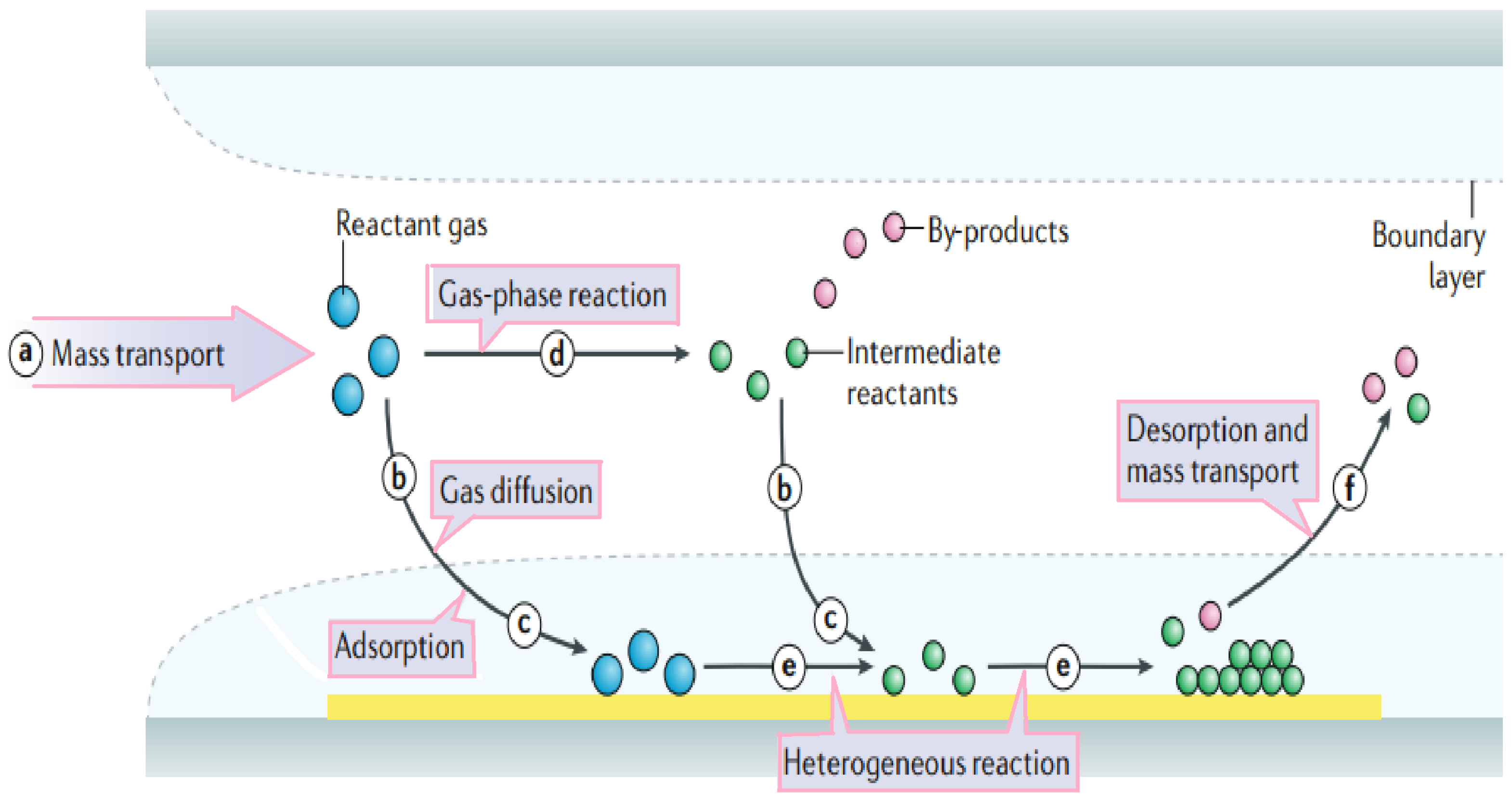
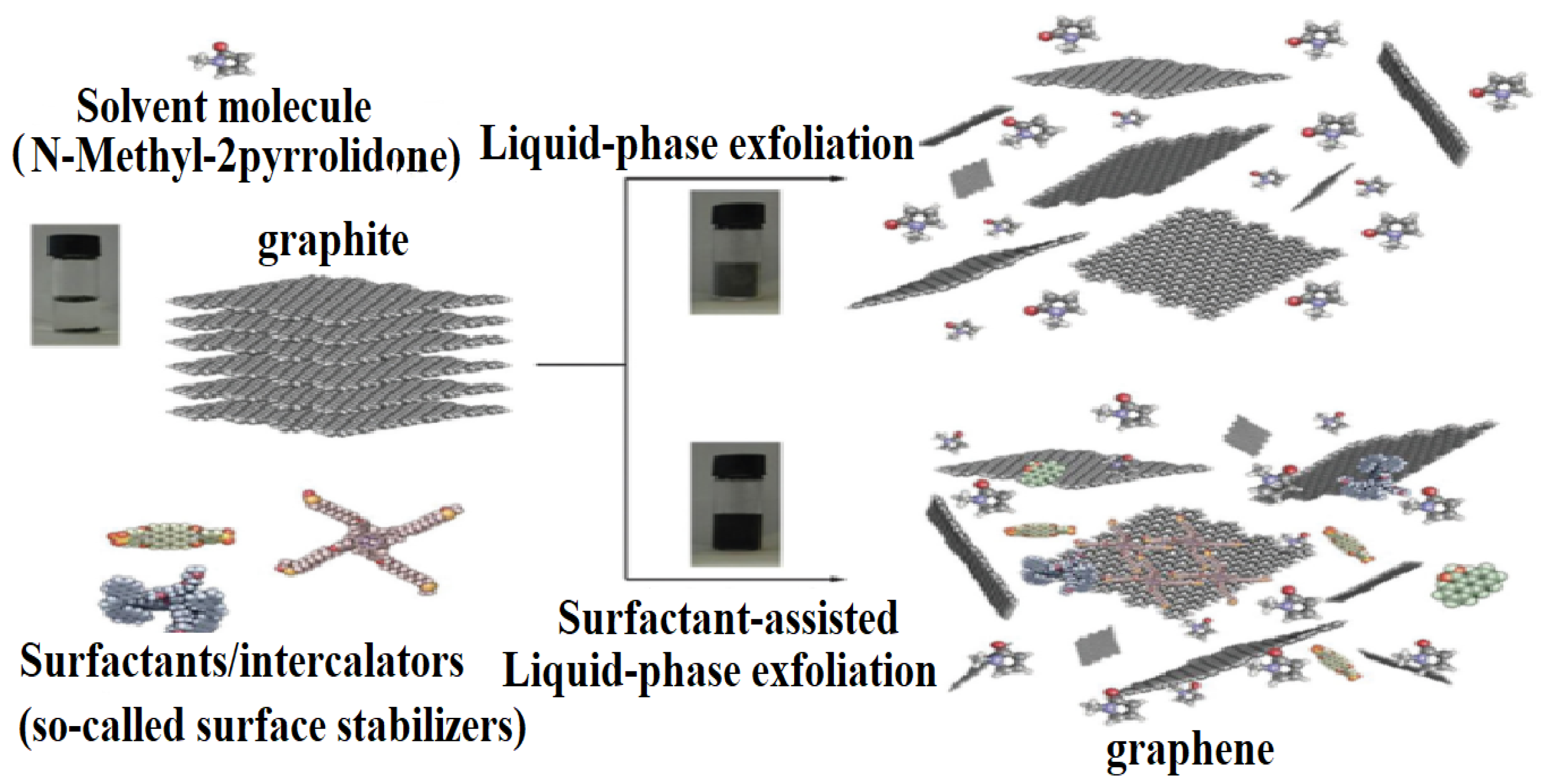
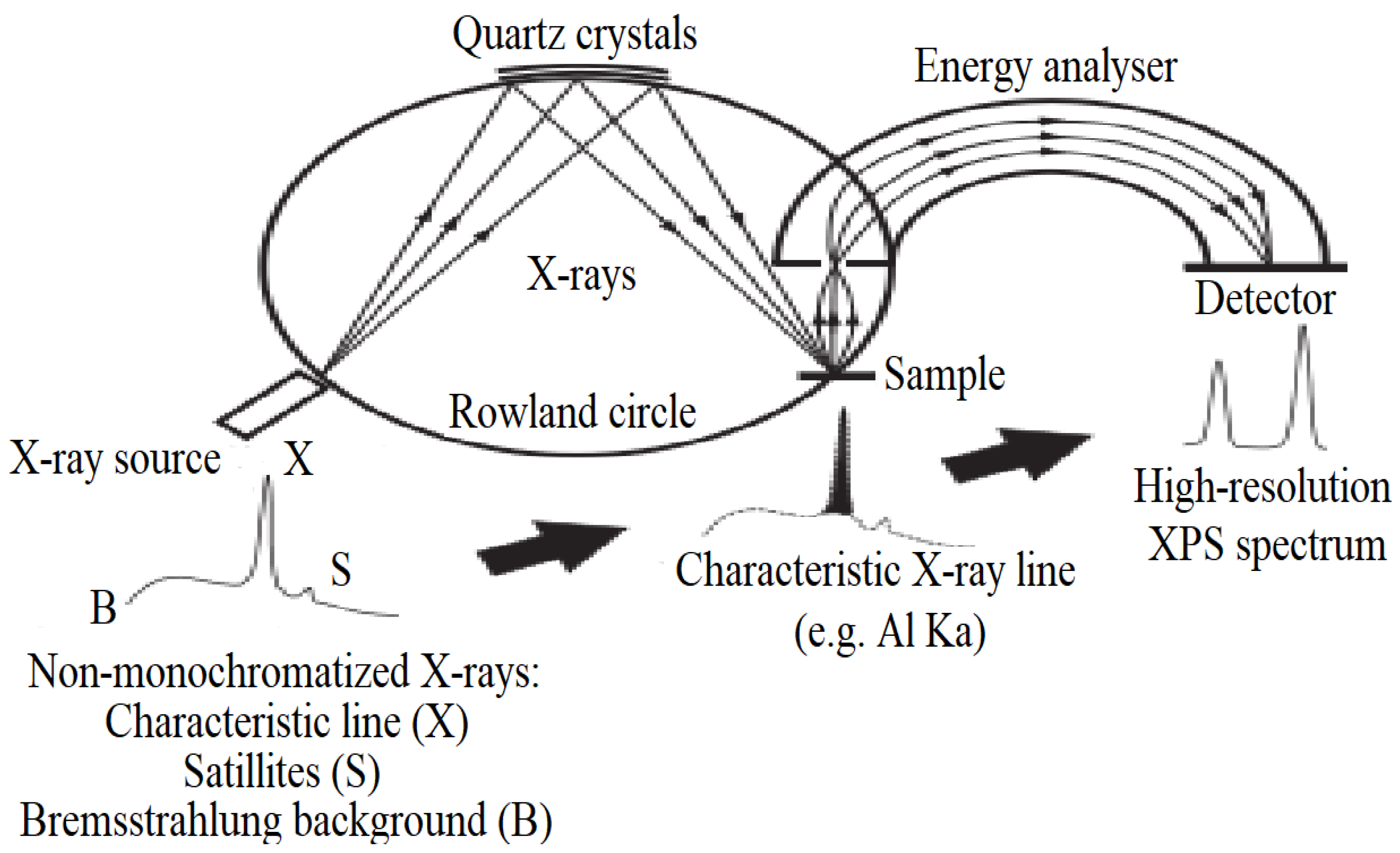
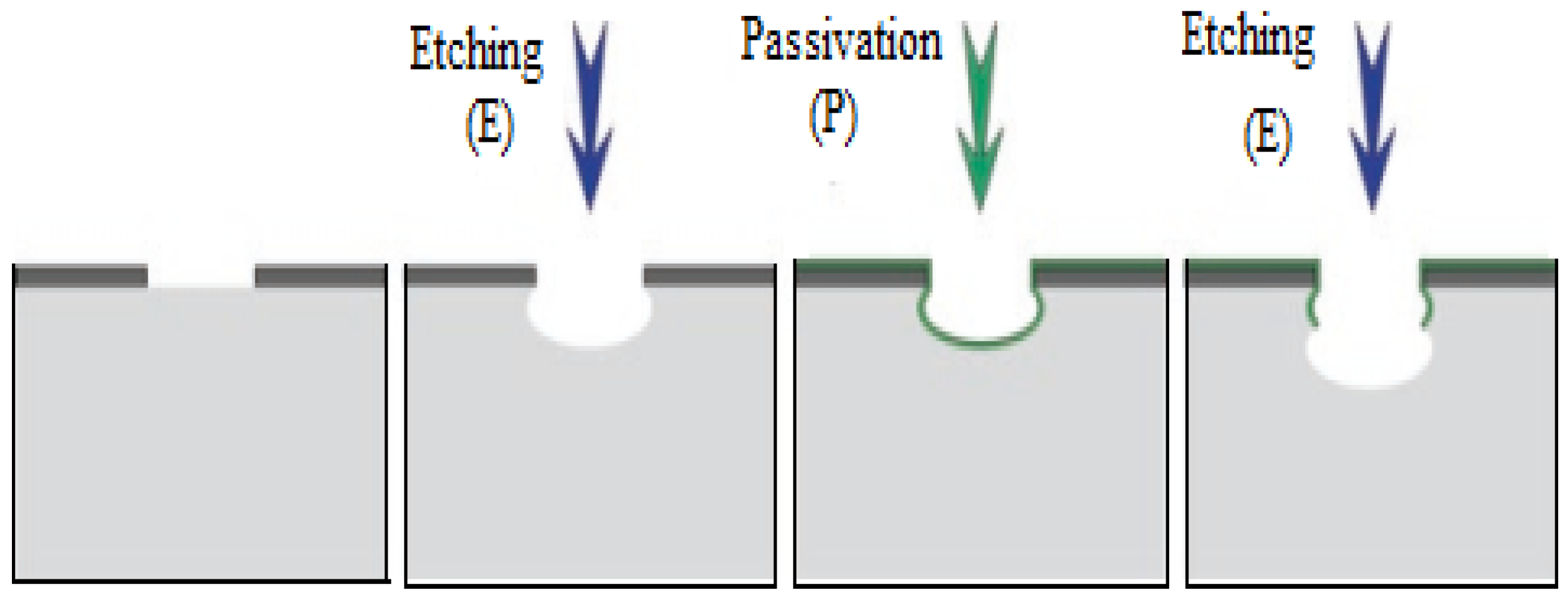
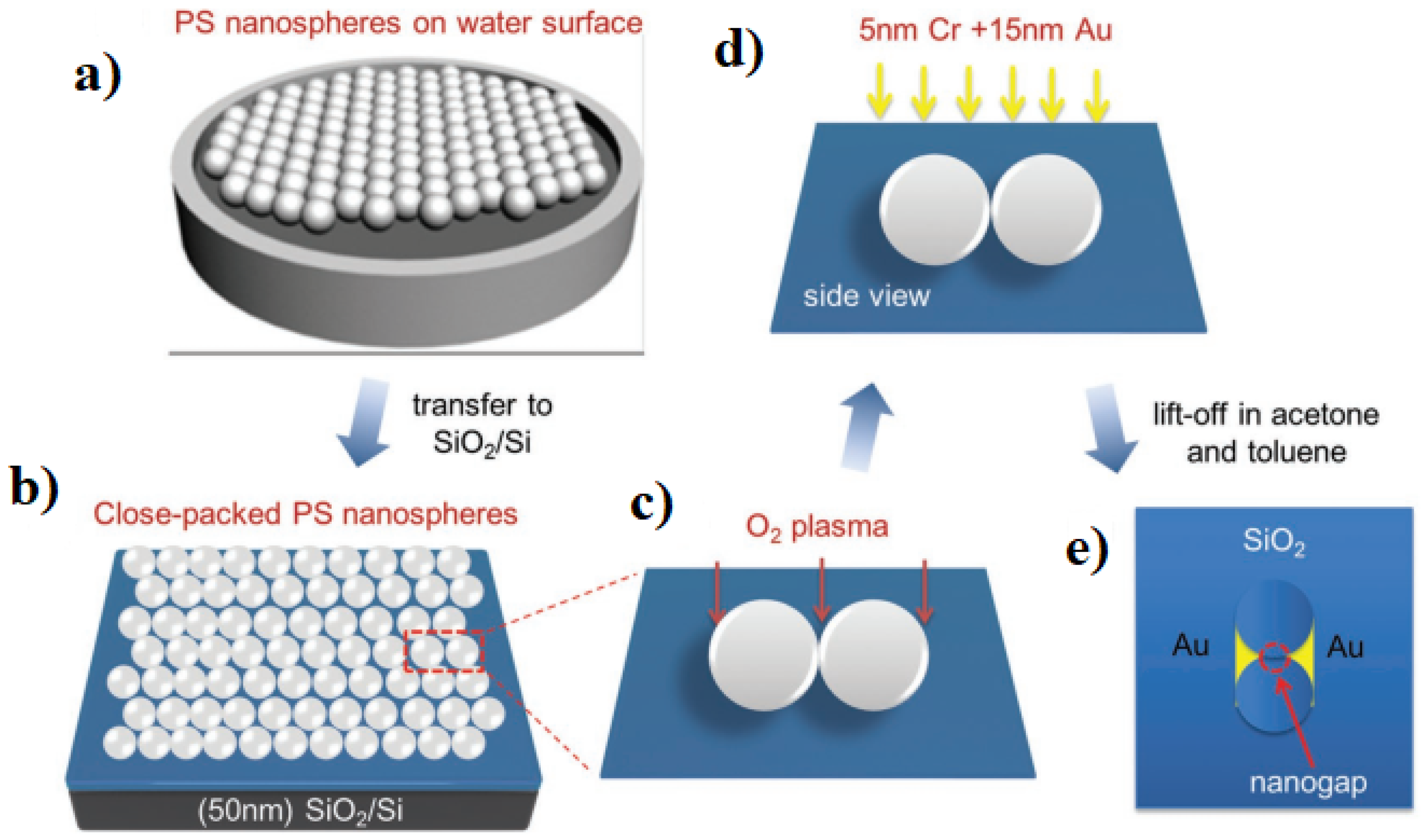

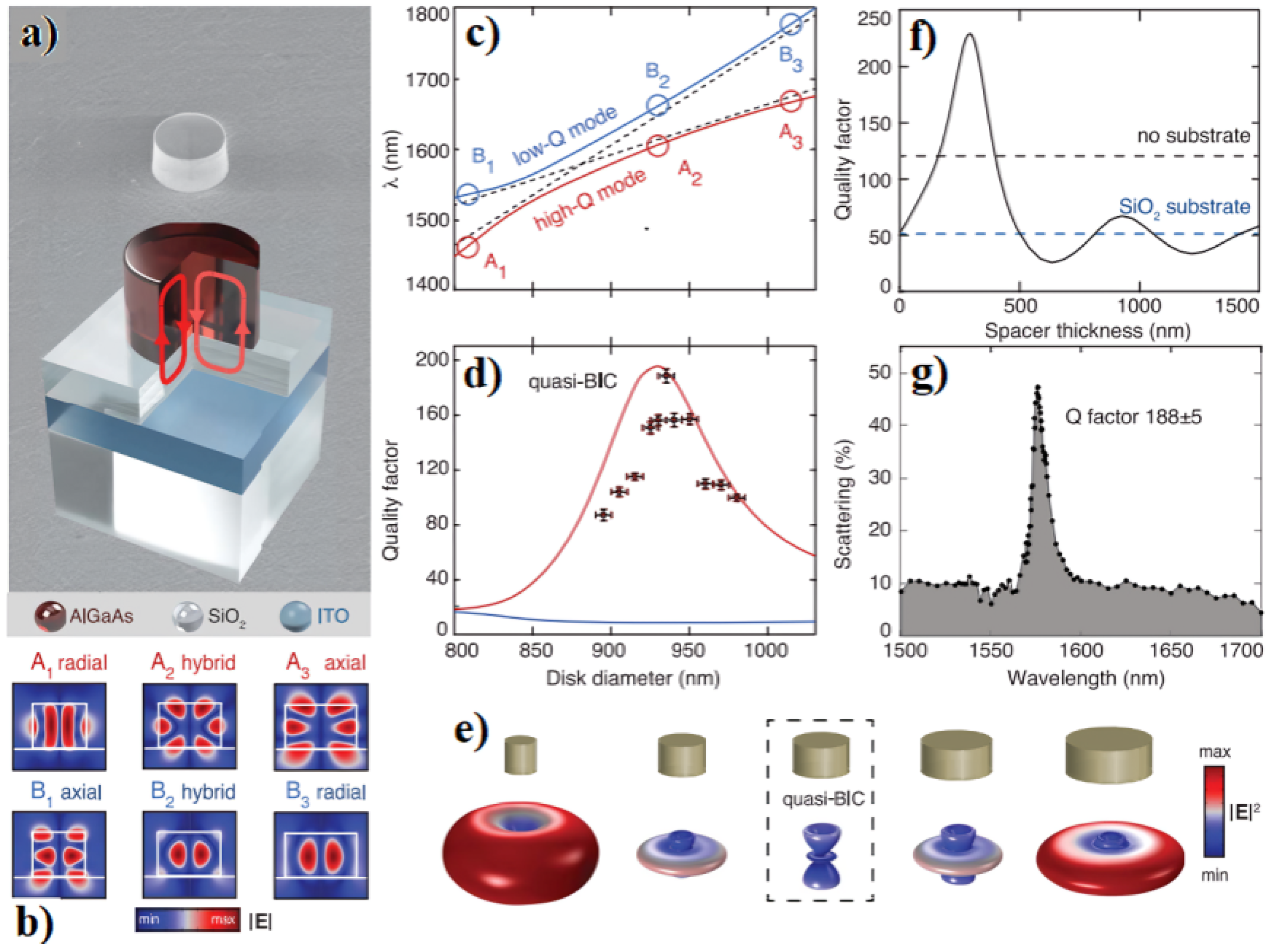


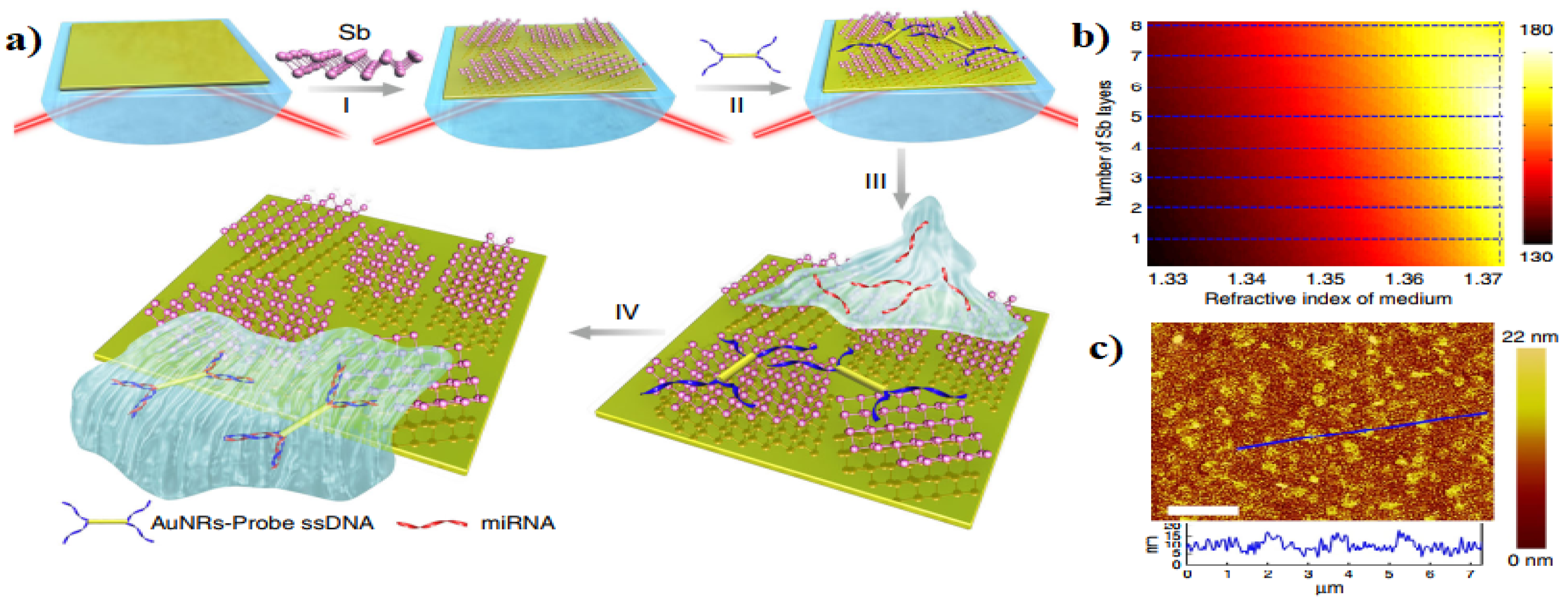

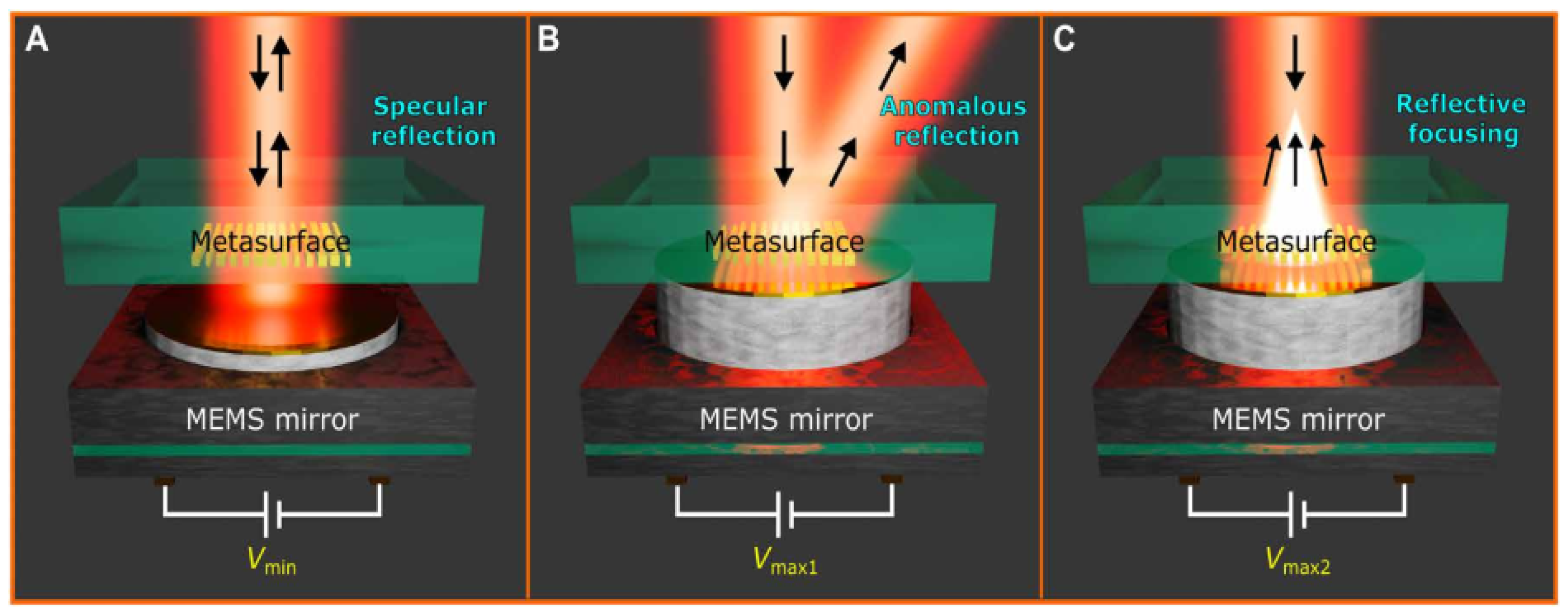
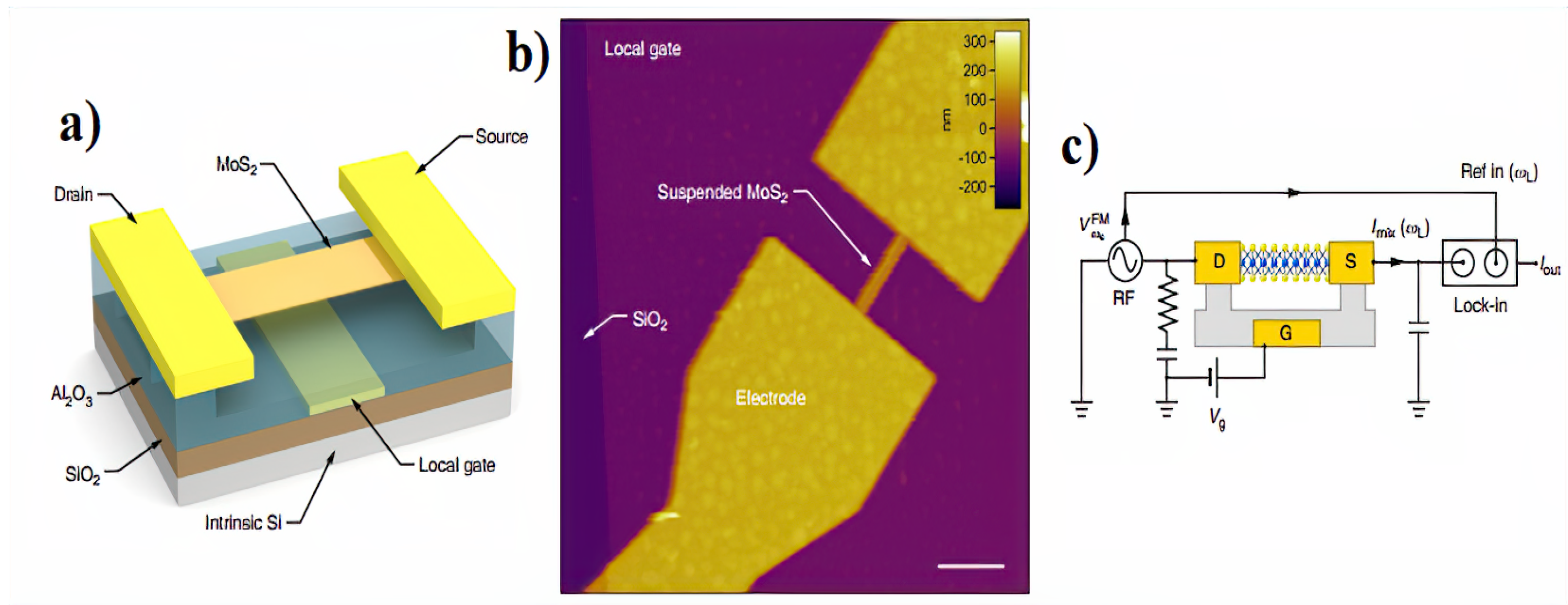
Disclaimer/Publisher’s Note: The statements, opinions and data contained in all publications are solely those of the individual author(s) and contributor(s) and not of MDPI and/or the editor(s). MDPI and/or the editor(s) disclaim responsibility for any injury to people or property resulting from any ideas, methods, instructions or products referred to in the content. |
© 2024 by the authors. Licensee MDPI, Basel, Switzerland. This article is an open access article distributed under the terms and conditions of the Creative Commons Attribution (CC BY) license (https://creativecommons.org/licenses/by/4.0/).
Share and Cite
Torkashvand, Z.; Shayeganfar, F.; Ramazani, A. Nanomaterials Based Micro/Nanoelectromechanical System (MEMS and NEMS) Devices. Micromachines 2024, 15, 175. https://doi.org/10.3390/mi15020175
Torkashvand Z, Shayeganfar F, Ramazani A. Nanomaterials Based Micro/Nanoelectromechanical System (MEMS and NEMS) Devices. Micromachines. 2024; 15(2):175. https://doi.org/10.3390/mi15020175
Chicago/Turabian StyleTorkashvand, Ziba, Farzaneh Shayeganfar, and Ali Ramazani. 2024. "Nanomaterials Based Micro/Nanoelectromechanical System (MEMS and NEMS) Devices" Micromachines 15, no. 2: 175. https://doi.org/10.3390/mi15020175
APA StyleTorkashvand, Z., Shayeganfar, F., & Ramazani, A. (2024). Nanomaterials Based Micro/Nanoelectromechanical System (MEMS and NEMS) Devices. Micromachines, 15(2), 175. https://doi.org/10.3390/mi15020175






